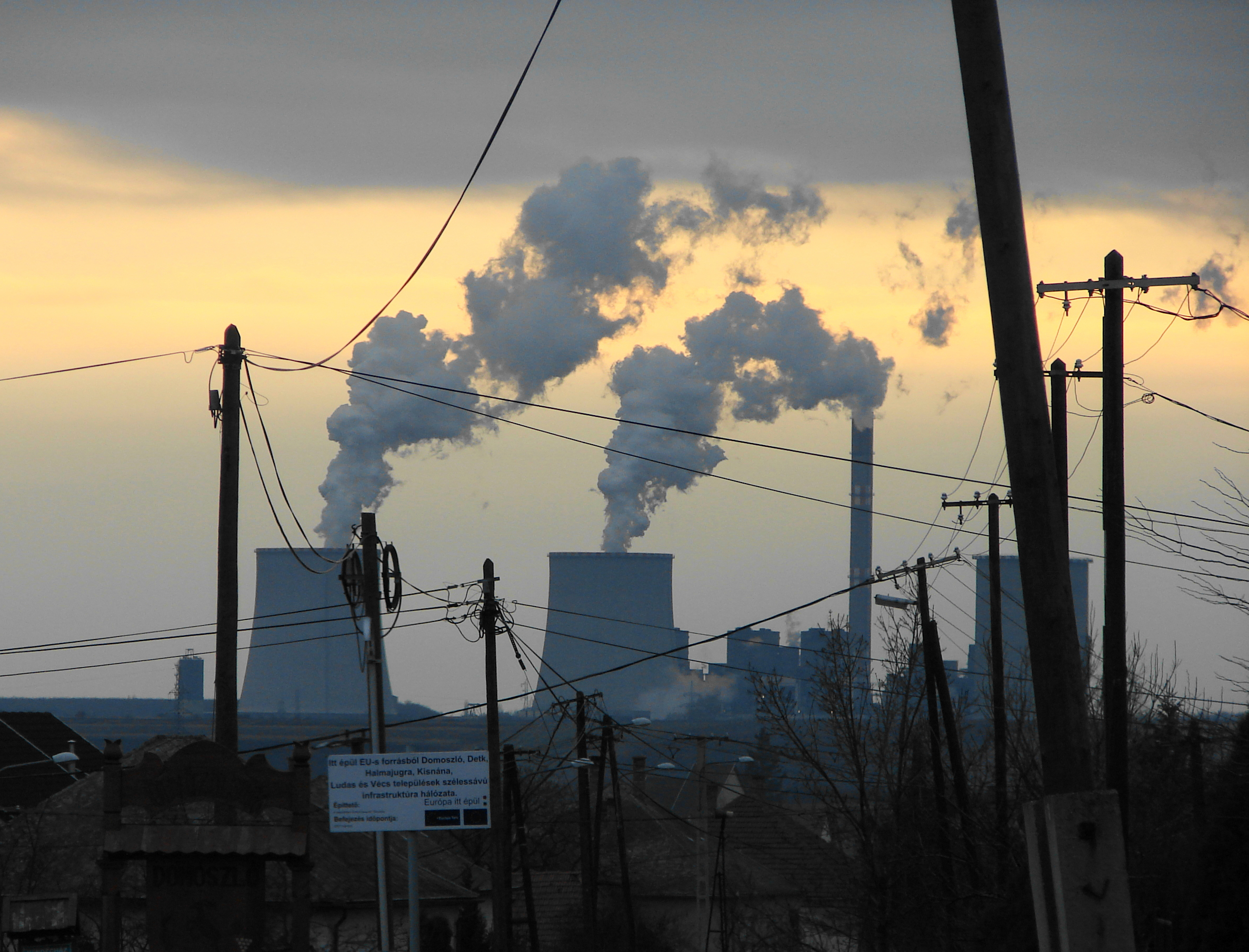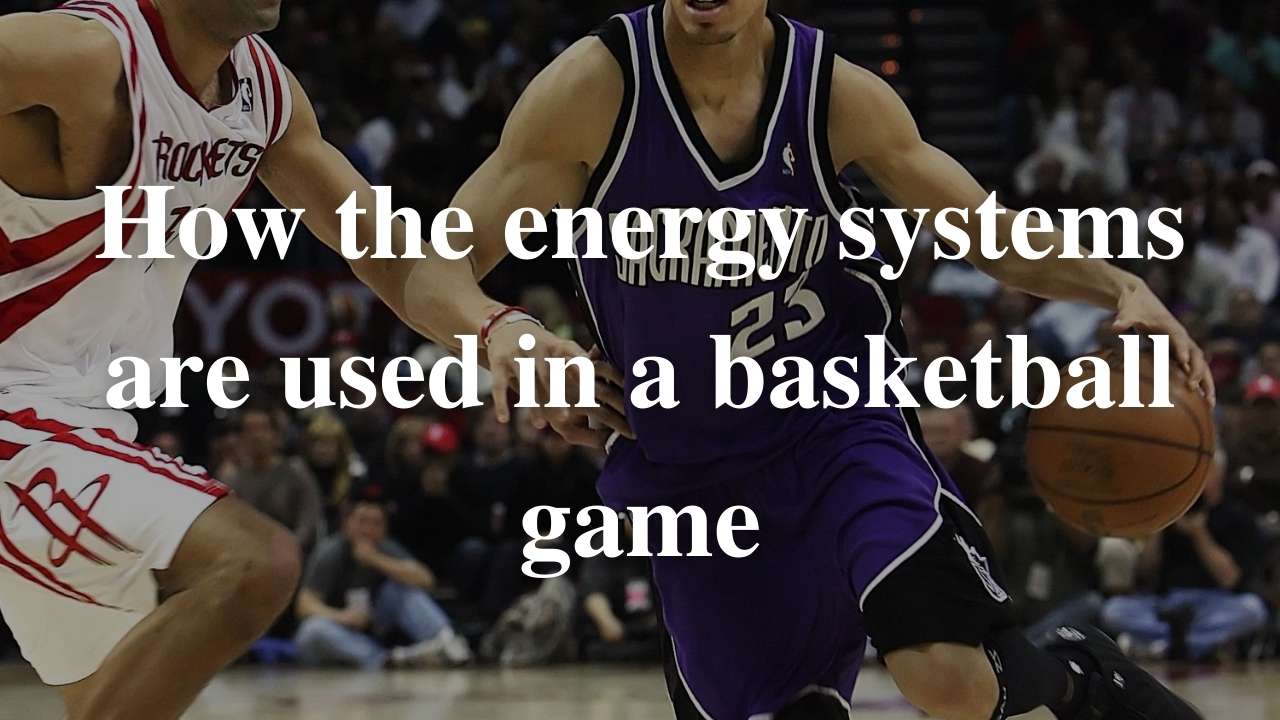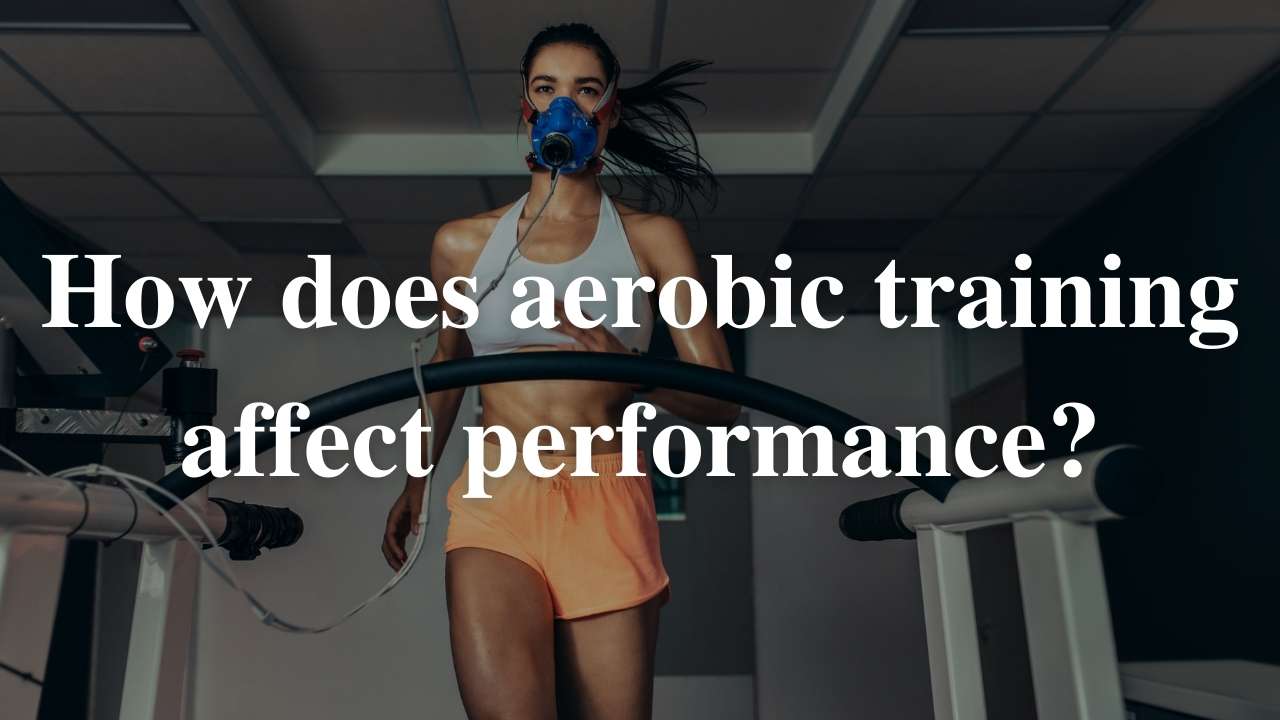The three energy systems fall into 2 groups: anaerobic and aerobic. There is 1 aerobic energy system, but 2 anaerobic systems, which are: the alactacid or ATP/PC system and the lactic acid system.
It is vital in understanding these systems, that their interrelation is understood. Each energy system produces ATP used to create movement and each system is used as required. At any 1 time all the energy systems are being used, just at different rates. If ATP needs to be produced very quickly then the body will use the alactacid and lactic acid energy systems to produce the majority of this, while the aerobic energy system continues to provide as much ATP as oxygen delivery allows. The anaerobic energy systems are only allowed to recover when the ATP demand is met by the aerobic energy system because enough O2 is being supplied by the cardio-vascular (CV) system. When this is the case, the other two systems recover as much as they can before they are depended upon again.
At the beginning of exercise, it takes up to 3 min for the CV system to fully adapt to deliver the O2 required for the level of intensity. If intensity changes then the CV system will adapt with the demand, but will take another minute or 2 to adapt. During these times, when the CV system is not delivering enough O2 the anaerobic systems are utilised to pick up the slack and re given a break when the O2 required arrives.
So for events that don’t last 3 minutes, the anaerobic systems are the dominant systems and then recovery
comes as O2 demand is reduced after the event. If the exercise is longer, then the aerobic energy system provides most of the ATP, with the other systems still being used, but at a rate where fatigue does not occur. If intensity is increased during a long event, such as a sprint in soccer, then the anaerobic energy systems are used and pyruvic acid is produced, if this builds up in the muscle fatigue will occur. This is why a player will often jog after a sprint, as this decreases ATP demand and the CV system to deliver enough O2 for the demand, allowing the anaerobic systems to recover. This helps explain why a good CV base fitness level is required for most sports, as it allows the others to recover and the CV system to adapt faster.








